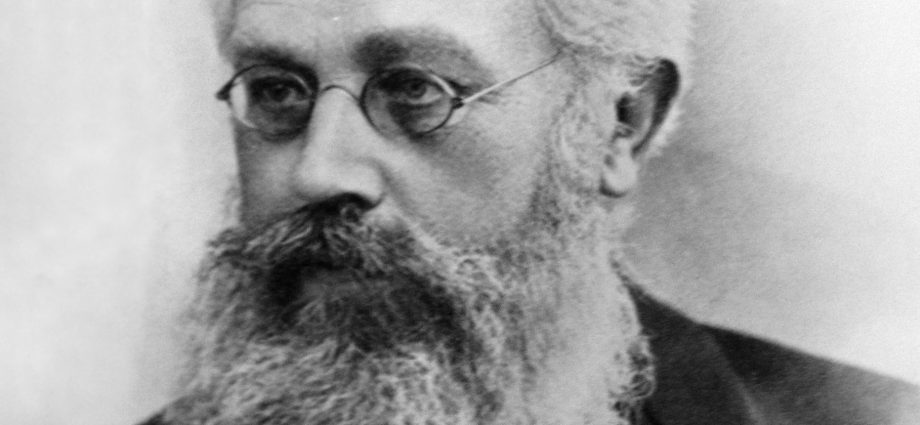Carl Roman Abt (1850-1933) was a Swiss mechanical engineer, inventor and entrepreneur. He made groundbreaking innovations in rack-and-pinion railways, giving his name to one of the most widely used systems developed for mountain railways, the Abt rack system.
Dr. Abt worked under the renowned German railway engineer Niklaus Riggenbach, the founder of mountain railways. The Riggenbach system was widely used, but expensive to build and maintain. Dr. Abt decided to invent a system that would improve upon the Riggenbach mechanism. His ground breaking rack and pinion design was inspired by the cogs of a clock. The system enabled trains to haul loads up steeper hillsides, and created a braking effect on the downhill side. The Abt system was also safer, and cheaper than the Riggenbach system.
The Abt system spread all over the world – in Japan, Spain, South America – and in a remote, wilderness corner of western Tasmania. Totally 72 mountain railways were built with Abt system. The Nilgiri Mountain Railway between Kallar and Coonoor remains a running testimony to the ingenuity of the Abt system. The choice between the Rigi system and the Abt system was made by Sir Guilford L. Molesworth, consulting engineer to the Government of India for the State railway who in 1886 visited Harz Mountain Railway working on Abt system and strongly advocated this system in preference to Rigi system. The Alternating Biting Teeth was abbreviated to Abt system which also happened to be the family name of the founder
Nilgiri Documentation Centre

